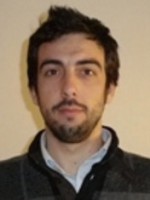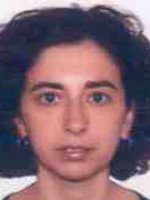resumo
M13 bacteriophage is a key instrument in phage display applications, as well as a possible antibacterial therapeutic agent due to its highly restrictive bacterial pathogenesis, and other applications. The traditional phage purification process is usually achieved by gradient ultracentrifugation or a combination of precipitation, centrifugation and microfiltration. These approaches easily lead to long process times, high operational costs, phage aggregation and consequent product loss (approximately 60%). This work is thus focused on an alternative potential large-scale process to achieve high yield and purity while minimizing the operational costs. Electrostatic-based separation processes are also common biomolecules purification techniques. Although anion exchange chromatography has been used before to purify several viral particles, this technique has been poorly reported for the purification of M13 phage. In a recent work, our group has demonstrated the use of a predominant anion exchange process, where a polymeric ionic liquid (PIL) was used as an alternative separation matrix for M13 bacteriophage. In this work, a variety of system parameters was studied, including chemical structure of the cation and the anion, the crosslinker nature and its concentration, either in batch adsorption/elution or chromatographic operation mode. The PIL-based chromatographic operation mode revealed to be a suitable separation process for M13 from directly filtered E. coli supernatant, reaching over 70% M13 recovery and 4.6 purification factor in a single step. To our knowledge, this is the first time that PILs have been reported as separation agents for bioproducts from complex mixtures.
palavras-chave
FILAMENTOUS BACTERIOPHAGES; PHAGE DISPLAY; SEPARATION; MEMBRANES; RECOVERY; THERAPY
categoria
Engineering, Chemical
autores
Jacinto, MJ; Wagner, A; Sa, IM; Patinha, DJS; Marrucho, IM; Goncalves, J; Willson, RC; Azevedo, AM; Aires-Barros, MR
nossos autores
Grupos
agradecimentos
This work was supported by Fundacao para Ciencia e Tecnologia (FCT, www.fct.pt) through the PhD fellowships to MJJ (PD/BD/105883/2014) and DJSP (SFRH/BD/97042/2013); research contract under the program Investigador FCT 2014 to AMA (IF/00048/2014/CP1214/CT0010), research project PureMAb (PTDC/QEQ-PRS/0286/2014) and units research contracts to IBB (UID/BIO/04565/2013) and Centro de Quimica Estrutural (UID/QUI/00100/2013).



